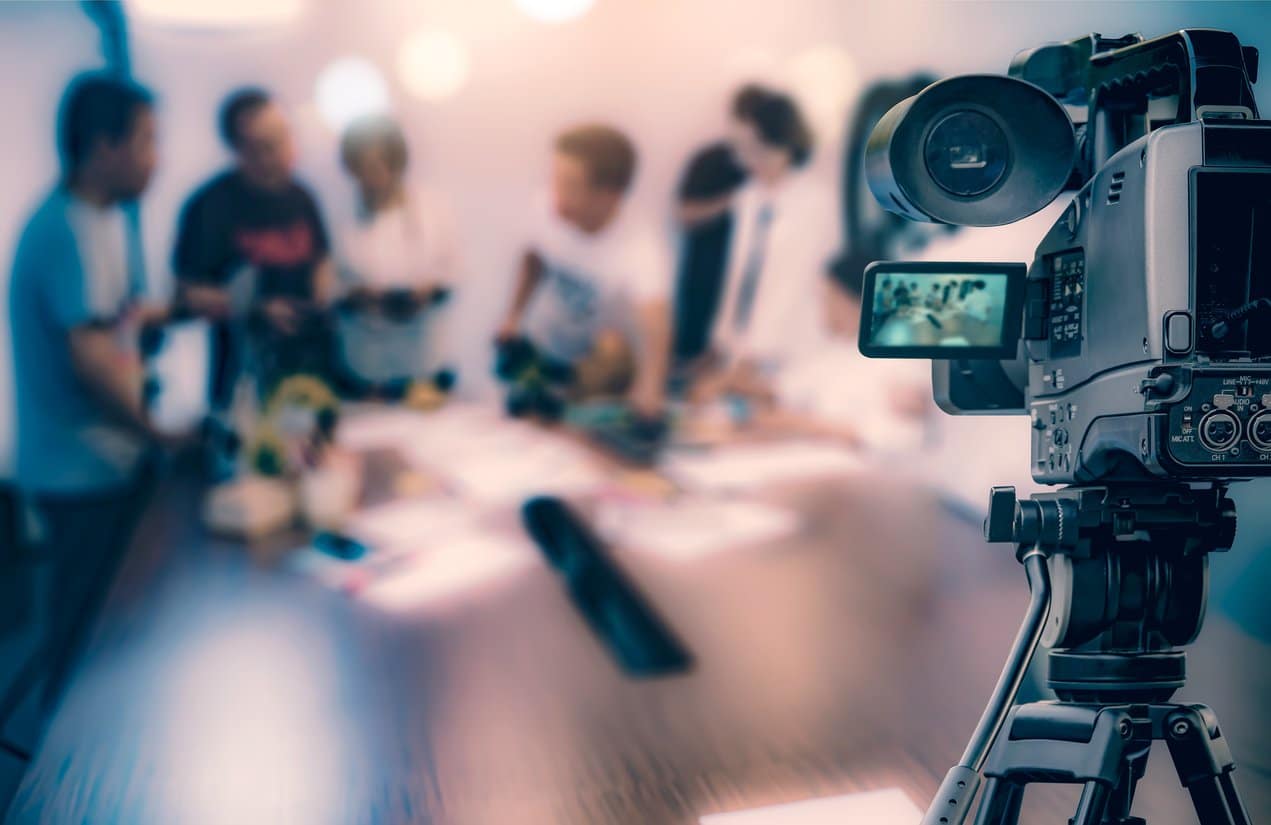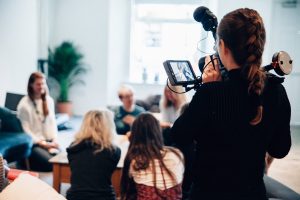Precision-Based Legal Videography for Trial Success.
Precision-Based Legal Videography for Trial Success.
Blog Article
Why Lawful Videography Is Essential for Accurate Legal Record-Keeping
In the world of lawful proceedings, the precision of record-keeping is vital, and lawful videography arises as an essential device in this context. As we check out the multifaceted advantages of legal videography, one must consider its ramifications for the future of judicial stability and transparency.
Significance of Visual Evidence
Establishing the importance of aesthetic proof in legal proceedings is paramount for ensuring precise record-keeping and enhancing the overall honesty of the judicial procedure. Visual evidence acts as a critical device in documenting events, problems, and other important details that might be important to a situation. Unlike written accounts, which are susceptible to analysis and predisposition, visual recordings give a goal, unalterable representation of realities as they happened.


This type of proof can catch a selection of aspects, consisting of witness behavior, ecological context, and physical evidence, every one of which may affect judicial outcomes. By offering a clear and extensive aesthetic narrative, lawful videography removes uncertainty and helps to preserve the credibility of the evidence.
Moreover, aesthetic proof can be critical in decreasing disagreements over accurate inconsistencies, as it enables a direct contrast versus testament and other recorded records. In an age where electronic modern technology is increasingly common, the capacity to existing aesthetic evidence efficiently can dramatically enhance the overall high quality of lawful process. Inevitably, the incorporation of visual evidence not only reinforces the documents procedure yet additionally reinforces public count on in the judicial system by promoting transparency and responsibility.
Enhancing Statement Reliability
The assimilation of legal videography into courtroom proceedings dramatically boosts the reputation of witness testament. By catching the nuances of spoken and non-verbal interaction, video recordings offer a more thorough depiction of a witness's attitude, emotions, and reliability. This aesthetic paperwork allows jurors to observe the witness's body movement, faces, and overall behavior, which are critical parts that can influence their perception of testament trustworthiness.
Additionally, lawful videography minimizes the capacity for misinterpretation or distortion of testament that may take place in created transcripts. Viewers can see and listen to the testimony as it was offered, guaranteeing that the context and tone are preserved. This credibility fosters a better sense of trust fund among jurors, that may be extra inclined to think statement that they can witness firsthand.
Furthermore, the presence of video clip footage can discourage witnesses from providing deceptive or exaggerated statements, as they realize that their statement is being recorded. This liability strengthens the honesty of the judicial process. Eventually, lawful videography functions as an essential tool in making sure that witness testament is not only precisely shown but also seen with enhanced reliability by all celebrations entailed.
Comprehensive Document Preservation
Comprehensive record preservation is necessary for maintaining the integrity of legal procedures. Legal videography acts as a vital device in this procedure, providing a precise visual and auditory account of my sources statements, depositions, and various other turning points in a case. Unlike conventional written transcripts, video recordings catch the nuances of body movement, tone, and feeling, which are crucial for recognizing the context and intent behind declarations made during legal proceedings.

Furthermore, the capacity to examine video evidence permits lawful professionals to identify essential information that might have been neglected in written documents. By keeping a thorough archive of lawful procedures with videography, law practice can support the highest possible standards of precision and liability, inevitably adding to a fairer judicial procedure.
Enhancing Legal Procedures
Streamlining lawful process is necessary for enhancing performance and decreasing hold-ups within the judicial system. Legal videography offers news as a pivotal device in achieving this goal by giving clear and accurate aesthetic documentation of court hearings, depositions, and statements. This modern technology enables real-time recording, guaranteeing that all spoken and non-verbal signs are captured, which can assist in quicker resolution of disputes.
The integration of videography right into lawful procedures reduces dependence on typical methods, such as prolonged records, which can be taxing to produce and evaluate. By having accessibility to recorded footage, attorneys can quickly reference vital minutes, enhancing their ability to prepare and present situations properly. This immediacy additionally aids in the clarifying of statements, minimizing the possibility for misinterpretation.
Additionally, aesthetic documents fosters a much more appealing court room experience for jurors, aiding them to understand complicated details quicker. Inevitably, lawful videography simplifies communication among all celebrations entailed, from lawyers to courts to jurors, thereby promoting a more effective judicial procedure (legal videography). In a period where time is important, accepting this technology is vital for the contemporary lawful landscape
Admissibility in Court
Accurate documents is crucial not just for effectiveness yet likewise for ensuring that proof is admissible in court. Lawful videography serves as an essential tool in this procedure, providing a reliable aesthetic document of statements, declarations, and events.
To be regarded admissible, lawful videography must follow recognized methods, such as proper devices usage, suitable lighting, and clear audio capture. Additionally, it is necessary to have certified videographers who understand the lawful requirements surrounding proof collection. The chain of safekeeping have to also be preserved to avoid any type of cases of tampering or modification.
Moreover, lawful videography can enhance the persuasiveness of proof by giving jurors with a direct sight of the testament, permitting a much more involved understanding of the case. In summary, the combination of lawful videography right into record-keeping not only supports effectiveness but likewise strengthens the honesty and admissibility of evidence in court proceedings.
Final Thought
Finally, legal videography plays an essential role in making certain precise lawful record-keeping by providing objective aesthetic documents. This method enhances the trustworthiness of testaments, maintains thorough documents, and simplifies lawful procedures. Furthermore, the admissibility of top notch video clip evidence in court additional underscores its importance - legal videography. Ultimately, the incorporation of lawful videography right into the judicial procedure promotes transparency and bolsters public count on the honesty of the lawful system.
Report this page